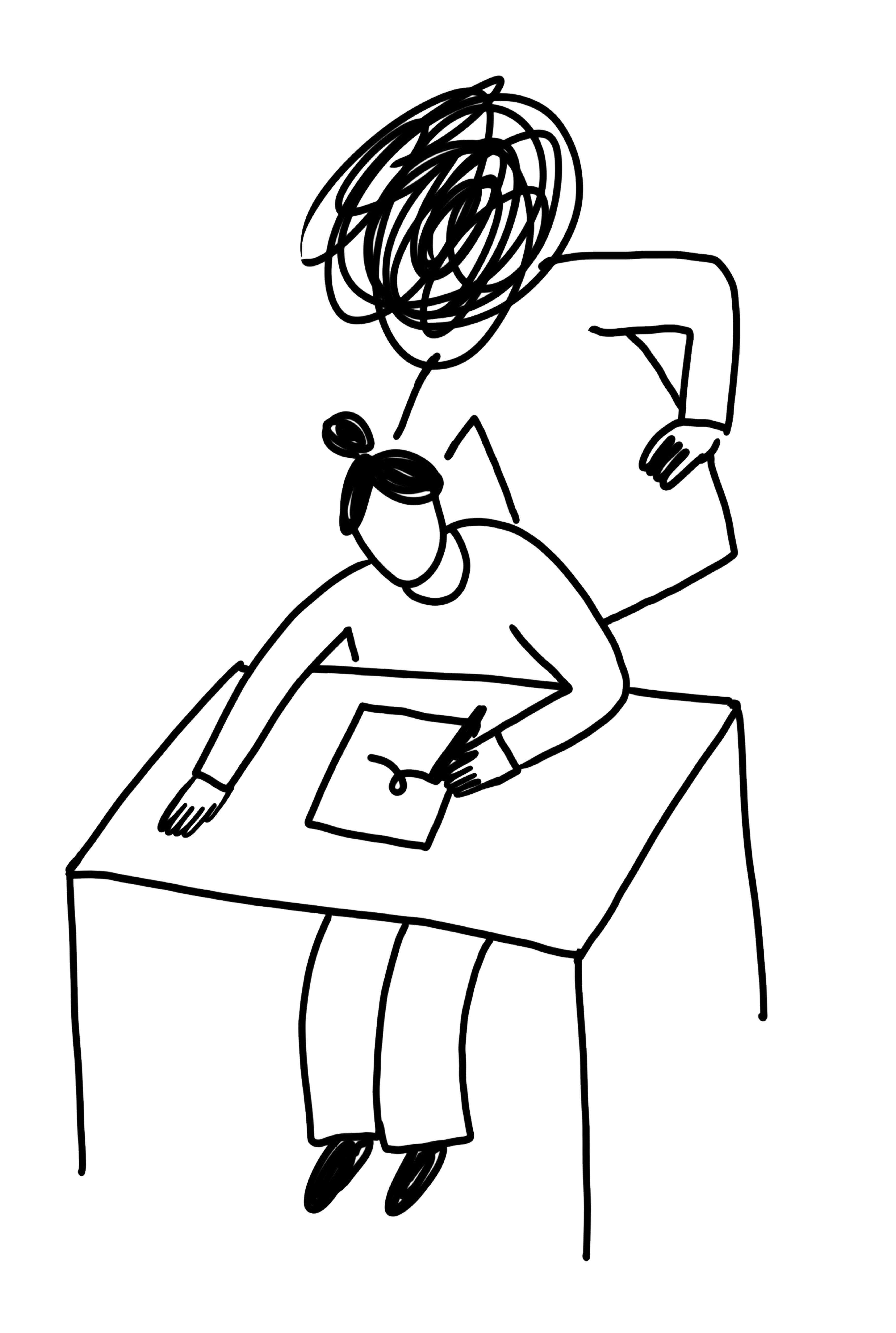
Domestic and family violence is behaviour that coerces, controls or causes a person to be afraid.
The abuse can happen in different ways. You do not need to be physically hurt to have experienced domestic and family violence.
Some examples of behaviours which may be domestic and family violence are listed here. Domestic and family violence is often about a pattern of behaviour that causes fear.
If you think you are experiencing domestic and family violence and want to talk to someone, see get help. Everyone has a right to feel safe and to live free from violence.

- Threatening to harm a person, their children or their property.
- Trying to intimidate a person. For example, by standing over them.
- Using manipulation or mind games to make a person think they are crazy.

- Threatening to disclose personal information about a person. For example, threatening to ‘out’ them if they are in a same-sex relationship.
- Blaming a person for all the problems in the relationship.
- Constantly comparing a person with others to damage their self-esteem and self-worth.
- Telling a person that they will be deported from Australia, that police will not help them, or that no one will believe them.

- Controlling what a person can do or say. For example, what they can wear.
- Threatening to kill or hurt themselves to try to control a person.
- Threatening to share intimate images or videos of a person.
- Threatening to withhold medication or things a person needs for their health or quality of life.

- Hurting or threatening to hurt animals.
- Treating a person like a servant.
- Driving dangerously to scare a person in the car.
Emotional and psychological abuse can also include other forms of domestic and family violence―such as verbal abuse, social abuse, financial abuse, spiritual abuse, damaging property, stalking, systems abuse, reproductive abuse or technology abuse.
- Touching a person or kissing them without their consent.
- Forcing or pressuring a person to have sex or do something sexual they don’t want to.

- Touching a person or kissing them without their consent.
- Forcing or pressuring a person to have sex or do something sexual they don’t want to.
- Calling a person names or putting a person down. For example, attacking their intelligence, sexuality, race or ethnicity, body image or capacity as a parent or partner.
- Swearing at or humiliating a person.
- Yelling or screaming at a person.

- Calling a person names or putting a person down. For example, attacking their intelligence, sexuality, race or ethnicity, body image or capacity as a parent or partner.
- Swearing at or humiliating a person.
- Yelling or screaming at a person.

- Isolating a person from other people. For example, stopping someone from seeing or contacting their friends or family, or by being rude to their friends or family to alienate them.
- Forbidding or preventing a person from going out or meeting people.
- Humiliating or shaming a person in public.

- Moving to a location where a person has no friends, support or employment opportunities.
- Restricting a person’s use of the car or phone.

- Stopping a person from accessing money such as bank accounts, cash, pensions or benefits.
- Closely monitoring a person’s spending or by giving them a small allowance.
- Stopping a person from working or studying.
- Demanding money from someone or taking their belongings.

- Forcing a person to sign documents, take on debts or claim welfare payments.
- Taking complete control of all money.
- Dowry abuse. For example, a man or his family demanding money from his wife or her family with threats.
- Preventing a person from practicing their religion, faith or culture.
- Forcing a person to do things against their beliefs or to join a religion.
- Criticising a person’s cultural background or religion.
- Speaking badly about a person in their religious community.
- Using religious teachings or cultural tradition to justify violence.

- Preventing a person from practicing their religion, faith or culture.
- Forcing a person to do things against their beliefs or to join a religion.
- Criticising a person’s cultural background or religion.
- Speaking badly about a person in their religious community.
- Using religious teachings or cultural tradition to justify violence.

- Taking, damaging or destroying property. This property could belong to you, the other person, be shared or belong to your children or someone else. For example, toys or furniture.
- Damaging the house. For example, punching walls, breaking windows, kicking in doors or trashing the house.

- Breaking a person’s phone or cutting the phone line when they try to call for help.
- Damaging the car. For example, breaking windows, installing tracking devices or tampering with the car.

- Following, watching or monitoring a person.
- Wanting to know where a person is all the time.

- Going through personal information. For example, emails, social media, text messages, voicemail, call logs, browsing histories or phone bills.
- Harassing a person through their phone or over the internet. For example, through repeated calls, text messages or emails.

- Tracking a person’s movements. For example, through GPS devices, or inbuilt GPS settings on a phone. To find out more, see making sure my technology is safe.
- Installing spyware on a person’s device to get their private information, passwords, photos, texts or emails, or to secretly record their conversations or access inbuilt cameras. To find out more, see making sure my technology is safe.
- Using video surveillance, webcams, drones or other recording devices to record a person without their consent.
- Manipulating the legal system against a person, or threatening to do this. For example, repeatedly taking someone to Court without a good reason or threatening to have them deported.
- Threatening to report a person to authorities such as Police, Immigration, the Child Protection Department or Centrelink.

- Manipulating the legal system against a person, or threatening to do this. For example, repeatedly taking someone to Court without a good reason or threatening to have them deported.
- Threatening to report a person to authorities such as Police, Immigration, the Child Protection Department or Centrelink.
- Forcing a person to fall pregnant, to terminate a pregnancy or to use or not use birth control.

- Forcing a person to fall pregnant, to terminate a pregnancy or to use or not use birth control.
- Making a person marry when they don’t fully and freely consent. This can include where they are a child or by using force, family pressure, threats, deception or harm. This is against the law in Australia.
- To find out more about forced marriage, see My Blue Sky.
- If a child is at risk of being removed from Australia to be married, call the Australian Federal Police on 131 AFP (131 237).

- Making a person marry when they don’t fully and freely consent. This can include where they are a child or by using force, family pressure, threats, deception or harm. This is against the law in Australia.
- To find out more about forced marriage, see My Blue Sky.
- If a child is at risk of being removed from Australia to be married, call the Australian Federal Police on 131 AFP (131 237).

- Harassing a person through their phone or over the internet. For example, through repeated calls, text messages or emails.
- Installing spyware on a person’s device to get their private information, passwords, photos, texts or emails, or to secretly record their conversations or access inbuilt cameras.

- Posting personal information about a person online. For example, their address, phone number or email address to encourage others to harass them.
- Impersonating or defaming a person online. For example, using fake social media accounts.

- Tracking a person’s movements. For example, through GPS devices, or inbuilt GPS settings on a phone.
- Using video surveillance, webcams, drones or other recording devices to record a person without their consent.

- Recording or sharing intimate images of a person without their consent, or threatening to do this.
To find out more, see making sure my technology is safe.

See or hear domestic and family violence against a family member. This can include when a child is in a different room or asleep in the house.

Are there when police or an ambulance comes to a call out.

See a family member’s injuries.

Comfort a family member experiencing domestic and family violence.

Help to clean up after an incident.

Miss school because of domestic and family violence.

Are forced to watch the violence, participate in the violence or spy on a family member.

Are threatened, verbally abused or harmed as a way of trying to intimidate a family member.

See damage to furniture, toys or family belongings.

Try to stop the violence or defend a family member.

Need to help care for a hurt or distressed family member or go to the doctor or hospital with them.

See pets being harmed or find out a pet was given away, harmed or killed.

Are asked not to tell anyone about the domestic and family violence.

Are turned against the parent who is the victim of domestic and family violence. For example, through constant put-downs, isolation or violence in front of a child.

Grow up in an environment of stress or are cared for by a distressed or withdrawn parent.

Are forced to live in poverty or become homeless because of domestic and family violence.
To find out more, see how domestic and family violence affects children.

